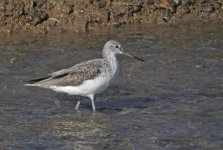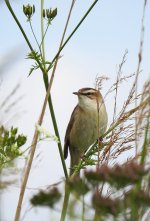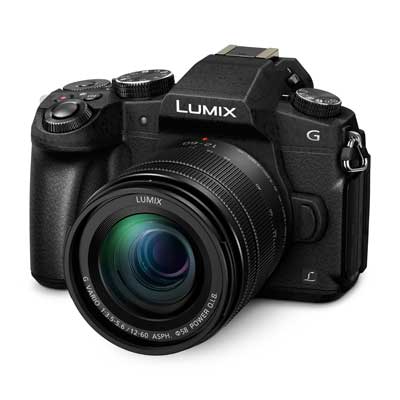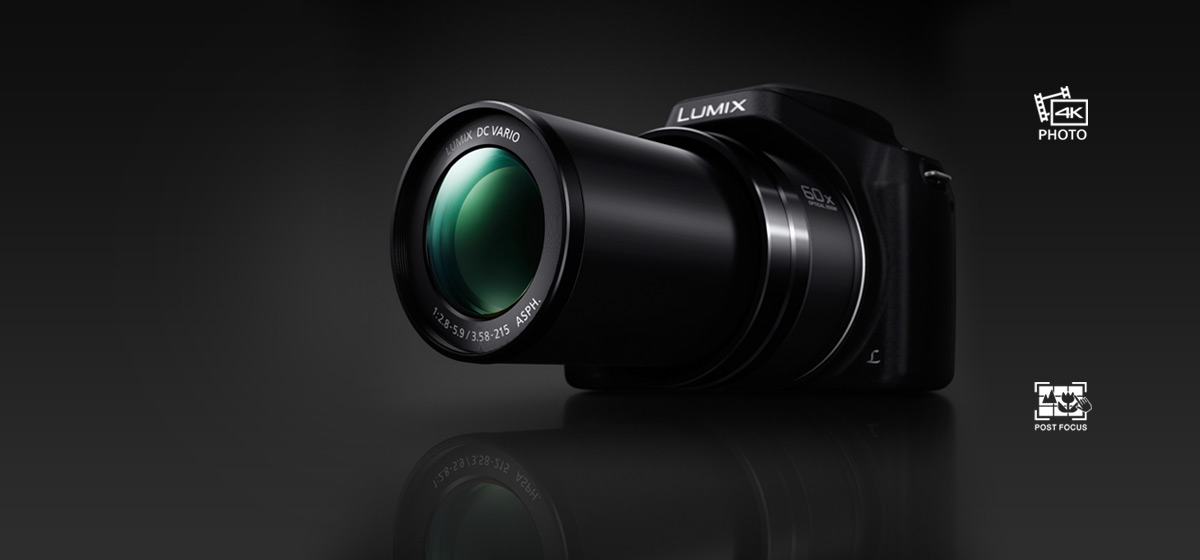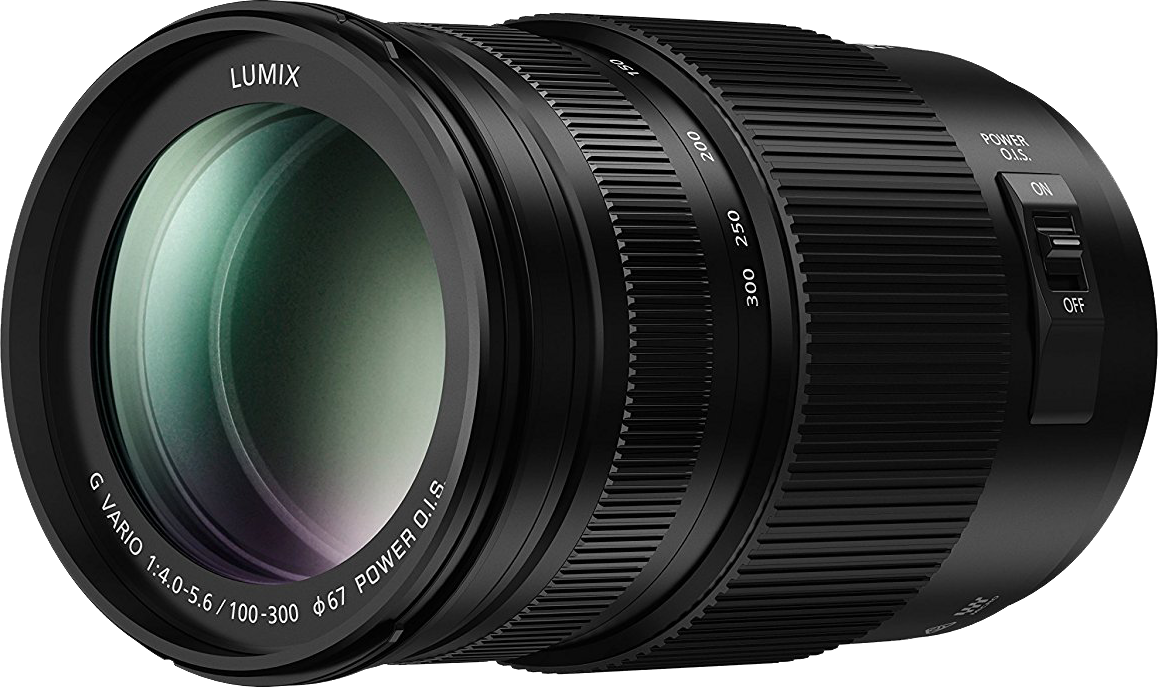legohead1977
Member

Hello all, I have just stumbled across the forum which has been a great help but need a bit of guidance please?
My wife and her family have always been into birds and wildlife. My wife recently announced that she would like to start some photography for fun and has been looking at cameras. This opened a world that I have zero knowledge on but after a week on YouTube I have gained 5% knowledge 🙈.
My wife is torn between a Nikon P950 due to zoom options however does have its disadvantages from what I can see being size and lack of versatility.
She also likes the Sony A6100 which seems like a neater solution and allows room to grow by adding additional lenses as required which is a whole other world I need to understand.
Has anyone got any experience with the above so we can get an understanding of real world use in our lovely UK weather and set expectations.
We are open to options and doesn’t have to be one of the above. We set ourselves £1000 as a budget.
Thanks in advance for any guidance.
My wife and her family have always been into birds and wildlife. My wife recently announced that she would like to start some photography for fun and has been looking at cameras. This opened a world that I have zero knowledge on but after a week on YouTube I have gained 5% knowledge 🙈.
My wife is torn between a Nikon P950 due to zoom options however does have its disadvantages from what I can see being size and lack of versatility.
She also likes the Sony A6100 which seems like a neater solution and allows room to grow by adding additional lenses as required which is a whole other world I need to understand.
Has anyone got any experience with the above so we can get an understanding of real world use in our lovely UK weather and set expectations.
We are open to options and doesn’t have to be one of the above. We set ourselves £1000 as a budget.
Thanks in advance for any guidance.







